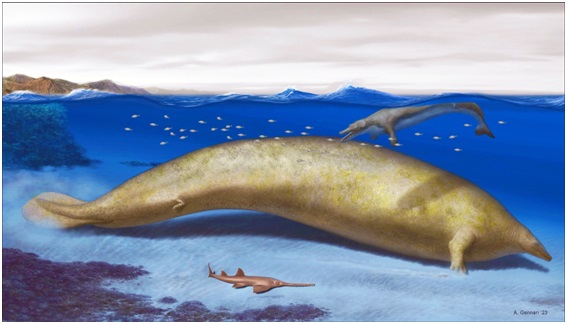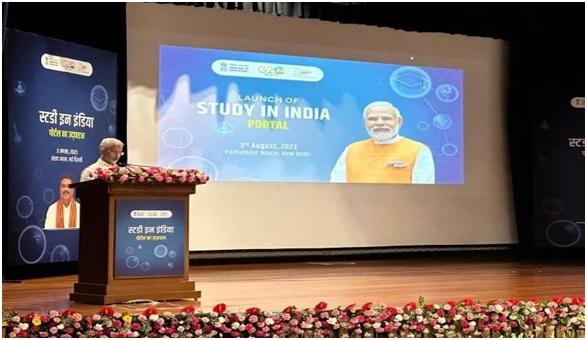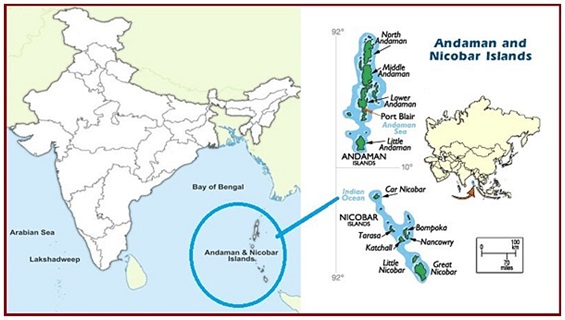Digital Health Incentives Scheme (DHIS) (NewsOnAir)

- 05 Aug 2023
Why in the News?
The National Health Authority (NHA) has recently declared the extension of its Digital Health Incentives Scheme (DHIS) until the 31st of December 2023.
About Digital Health Incentives Scheme (DHIS):
- Launched in December 2022, the DHIS became effective from 1st January 2023.
- The scheme is implemented by the National Health Authority (NHA) under the Ministry of Health and Family Welfare.
- Its primary objectives include giving a further impetus to digital health transactions across the country through the Ayushman Bharat Digital Mission (ABDM).
Salient Features of DHIS:
- The scheme offers incentives of up to four crore rupees, determined by the number of digital health records created and linked to patients' Ayushman Bharat Health Account numbers.
- Incentives are extended to hospitals, diagnostic labs, and providers of digital health solutions, including Hospital/Health Management Information Systems (HMIS) and Laboratory Management Information Systems (LMIS).
- Health facilities (hospitals and diagnostic labs) registered with the Ayushman Bharat Digital Mission's Health Facility Registry (HFR) and meeting the specified eligibility criteria can avail of the incentives.
Benefits of DHIS:
- Incentives for Digitization: Healthcare facilities and Digital Solution Companies participating in the scheme can earn incentives to cover expenses related to digitization.
- Enhanced Efficiency in Healthcare Delivery: DHIS streamlines the healthcare process, eliminating hassles in registration, appointment scheduling, consultations, IPD admission, discharge, and more.
- Robust Digital Health Ecosystem: The scheme contributes to the development of a strong digital health ecosystem, encompassing various levels of healthcare facilities.
- Improved Quality of Care: DHIS facilitates evidence-based, accessible, and high-quality healthcare services, leading to better patient outcomes and satisfaction.
Spike Non-Line of Sight (NLOS) Anti-tank Guided Missiles (TOI)

- 05 Aug 2023
Why in the News?
Israel's Spike Non-Line of Sight (NLOS) anti-tank guided missiles were recently delivered to the Indian Air Force.
About the Spike Non-Line of Sight (NLOS) Anti-tank Guided Missile:
- The Spike Non-Line of Sight (NLOS) Anti-tank Guided Missile (ATGM) is a sophisticated fire-and-forget missile designed for anti-tank and anti-personnel purposes.
- It features a tandem-charge high-explosive warhead.
- Developed by Rafael Advanced Defense Systems, an Israeli defense technology company, the Spike NLOS ATGM comes in man-portable, vehicle-launched, and helicopter-launched variants.
- The missile is currently in use by the defense forces of Israel and 38 other countries, including India, Netherlands, Germany, Italy, Peru, Spain, Belgium, Brazil, Canada, the UK, Philippines, and Singapore.
- Key features of the Spike NLOS ATGM:
- Striking range of up to 30 kilometers
- Weight of 71 kg, and
- An electro-optical seeker that offers superior target visibility compared to radar or infrared-guided missiles.
- The missile's seeker is equipped with a datalink, enabling the launch operator to maintain control over the missile during flight.
- This capability allows for precise targeting, including attacking different parts of a tank or engaging an alternative target, or aborting the strike if necessary.
- The Spike NLOS ATGM can be armed with various types of warheads, making it versatile for destroying tanks, and air defense systems, or for use in urban combat scenarios.
Perucetus colossus (Indian Express)

- 05 Aug 2023
Why in the News?
Perucetus colossus, whose fossils were discovered in Peru, maybe the heaviest discovered animal ever, even heavier than the blue whale.
About Perucetus colossus:
- The whale species Perucetus colossus is known from a recently described fossil dating back over 38 million years.
- Despite potentially being shorter in length, scientists believe that this ancient whale species might have been heavier than the modern blue whale.
- Researchers estimate that the weight of the Perucetus colossus could have ranged from 85 to an astonishing 340 tonnes.
- The fossilized bones of this species exhibited an unusual combination of large volume and extreme density, a characteristic known as pachyosteosclerosis.
- Pachyosteosclerosis is not observed in living whales, dolphins, and porpoises, but it is present in sirenians, a marine mammal group that includes sea cows.
- Unlike deep-diving whales, Perucetus colossus likely lived in shallow coastal areas, suggesting that it might have dived with air in its lungs.
- However, diving with air in the lungs would make it challenging to stay near the seafloor.
- The heavy bones of the Perucetus colossus might have played a crucial role in enabling it to do so.
- The skeletal mass of the Perucetus colossus is estimated to have been between five and eight tons, double that of a modern blue whale.
Study in India (SII) portal (Indian Express)

- 05 Aug 2023
Why in the News?
The Study In India (SII) portal was recently introduced by the Education Ministry, aiming to promote Indian education among international students.
About the Study in India (SII) portal:
- The Study in India (SII) portal serves as a dedicated website offering comprehensive information about higher education institutions (HEIs) in India.
- The main objective of the portal is to establish India as a global education hub and attract students from diverse backgrounds.
- The portal showcases a wide range of academic programs available in the HEIs, including undergraduate, postgraduate, and doctoral courses, along with courses related to the Indian Knowledge System (IKS), such as Yoga, Ayurveda, and classical arts.
- Detailed information about the academic facilities, research support, and other related offerings in the institutes is provided on the portal.
- It acts as a convenient one-stop platform for students, enabling them to register, apply for a visa, select desired courses, and receive offer letters from their chosen institutes.
- The portal allows students to apply to multiple institutes or courses of their preference, simplifying the application process.
- Study in India (SII) offers a streamlined and well-organized application process, providing international students with easy access to higher education opportunities in India.
What is Study in India (SII) Programme?
- The Study in India (SII) program is a prominent initiative initiated by the education ministry in 2018 with the aim of positioning India as a premier education destination for international students.
- The program seeks to attract foreign students to pursue higher education in India, providing them with valuable educational opportunities offered by renowned Indian universities.
Great Nicobar Island Project (DownToEarth)

- 05 Aug 2023
Why in the News?
According to the Union Ministry of Environment, Forest and Climate Change's statement in the Rajya Sabha, approximately 964,000 trees are expected to be cut down for the implementation of the Great Nicobar Island Project.
About Great Nicobar Island Project:
- Ministry:
- The Ministry of Environment, Forest and Climate Change (MoEFCC).
- Implementing Agency:
- The Andaman and Nicobar Islands Integrated Development Corporation (ANIIDCO).
- The project is a massive undertaking with a budget of ?72,000 crore and is spearheaded by NITI Aayog, known as NITI Aayog's Project for Great Nicobar Island.
- Objective:
- The primary goal of the project is to achieve holistic development for the Great Nicobar Island (GNI).
- The project's vision is to transform the Great Nicobar Island, situated in the Bay of Bengal, into a modern, sustainable, and self-sufficient territory, thus facilitating the comprehensive development of Great Nicobar.
The plan comprises four key components:
- A transshipment port at Galathea Bay with an investment of ?35,000 crore.
- Development of a dual-use military-civil international airport.
- Establishment of a power plant.
- Creation of a township to support the overall project.
